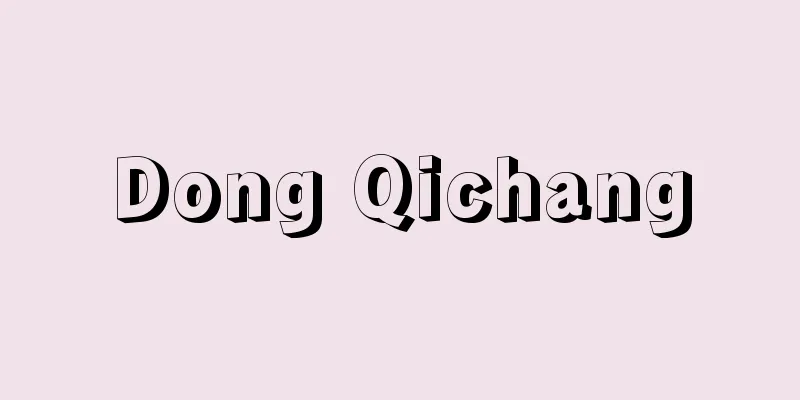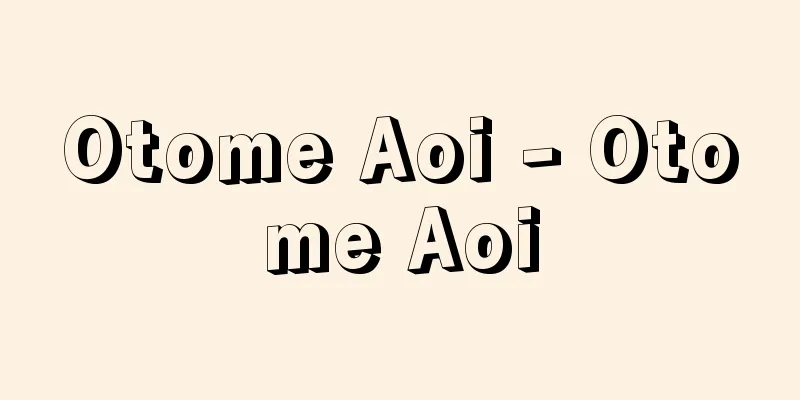Junior college - Tanki Daigaku

|
A two- or three-year short-term higher education institution that provides general education and professional and technical education for those who have completed secondary education or for adults, courses to enter a four-year university, or continuing education for adults. In the United States, they are called junior colleges or community colleges. In Japan, following the educational reforms after the Second World War, schools among the old technical colleges that did not meet the standards of the new universities were reorganized as junior colleges, and with a partial amendment to the School Education Law, they were launched as a temporary measure in April 1950 (Showa 25). Initially, there were 149 schools. In 1981, the Ministry of Education (now the Ministry of Education, Culture, Sports, Science and Technology), based on a report from the Central Council for Education, recognized junior colleges as permanent entities, and stated that their "main purpose is to teach and research specialized academic subjects in depth and to develop the abilities necessary for careers or real life." The current system is also based on the standards for establishing junior colleges enacted in 1975. According to statistics from 1999, 503 of the 585 junior colleges (86.0%) are private schools, with 346,678 (91.7%) of the 377,853 students. The overwhelming majority of students, 339,742 (89.9%), are female, a feature not seen in other countries. In terms of major, 23.9% are home economics, followed by 22.9% humanities, 17.1% education, and 13.1% social studies. Although home economics is the main subject, they also train specialists or semi-specialists in education, health, and art. The revised School Education Law, which came into effect in 1991, gave junior college graduates the title of associate degree. Since the 1990s, due to the declining birthrate and the decline in the population of 18-year-olds, several junior colleges are closing down or not filling their quotas every year. After World War II, short-cycle higher education began to attract attention in Western countries as well. In the United States in particular, community (junior) colleges provide general education, vocational education, further education, adult education, and extended education to local young people and adults. [Tadashi Kaneko] "Tanaka Hisako and Morimoto Takeya, "Junior Colleges in America: Community Colleges" (1980, Kenseisha)" ▽ "Goto Shoin Editorial Department, "National Junior College Guide," various annual editions (Goto Shoin)" ▽ "Kaneko Tadashi, editor, "Future Outlook for Junior Colleges: A Comparison of Japan and the United States" (1994, Toshindo)" ▽ "Takatori Masao, Tate Akira, editors, Shimizu Kazuhiko et al., "The First Stage of Junior Colleges" (1998, Toshindo)" [Reference] | | | | |Source: Shogakukan Encyclopedia Nipponica About Encyclopedia Nipponica Information | Legend |
|
2年または3年の短期の高等教育機関で、中等教育修了者ないしは成人を対象として、一般教育と専門職業技術教育の完成教育、四年制大学への進学課程、ないしは成人の継続教育を置く大学。アメリカではジュニア・カレッジまたはコミュニティ・カレッジとよばれる。 日本では、第二次世界大戦後の学制改革に伴い、旧制専門学校のうち、新制大学の基準に満たない学校が短期大学として再編成され、学校教育法の一部改正によって、1950年(昭和25)4月から暫定的な措置として発足。当初149校存在した。56年に文部省(現文部科学省)は、中央教育審議会の答申に基づいて、短期大学を恒久的なものとして認め、「深く専門の学芸を教授研究し、職業又は実際生活に必要な能力を育成することをおもな目的」とした。現行制度は、さらに75年に制定された短期大学設置基準にも基礎を置いている。99年(平成11)の統計によると、短期大学585校のうち503校(86.0%)を、学生数37万7853人のうち34万6678人(91.7%)の圧倒的多数を私学が占めていること、また、女子学生が、33万9742人(89.9%)と大多数を占めていることも、他国にみられない特色となっている。専門の学科別では家政科が23.9%ともっとも多く、ついで人文22.9%、教育17.1%、社会13.1%の順で、家政科を中心とするものの、教育、保健、芸術の専門ないしは準専門職業人を養成している。1991年施行の改正学校教育法により、短期大学卒業者に準学士の称号が与えられることとなった。また1990年代以降、少子化の影響を受け、18歳人口の減少に伴って、定員割れの短期大学、および廃校する短期大学も毎年数校みられる。 第二次世界大戦後、欧米諸国でも短期short-cycleの高等教育が注目され、とくにアメリカでは、コミュニティ(ジュニア)・カレッジを中心に、地域の青年や成人を対象に、一般教育、職業教育、進学教育、成人教育、拡張教育が実施されている。 [金子忠史] 『田中久子・森本武也著『アメリカの短期大学――コミュニティ・カレッジ』(1980・研成社)』▽『梧桐書院編集部編『全国短期大学案内』各年版(梧桐書院)』▽『金子忠史編『短期大学の将来展望――日米比較を通して』(1994・東信堂)』▽『高鳥正夫、舘昭編著・清水一彦他著『短大ファーストステージ論』(1998・東信堂)』 [参照項目] | | | | |出典 小学館 日本大百科全書(ニッポニカ)日本大百科全書(ニッポニカ)について 情報 | 凡例 |
<<: Short-run cost, long-run cost
>>: Duan Qi-rui (English name)
Recommend
Nadezhda Konstantinovna Krupskaya (English spelling)
Russian revolutionary and pedagogue. Wife of Leni...
Fahrenheit scale
Fahrenheit temperature scale*. The freezing point ...
Huancavelica (English spelling)
The capital of Huancavelica Department in south-ce...
Imperial handwriting - Shinkan
Also called shinpitsu. Handwriting by the emperor....
Car phone - jidousha denwa
A type of mobile communication. It is a telephone...
Hamann, Johann Georg
Born: August 27, 1730, Königsberg Died June 21, 17...
Geino [town] - Geino
A former town in Aki-gun in northern Mie prefectur...
jeep disease
…It is common in whites, but rare in Asians and b...
Norodom Sihanouk
Cambodian royal politician. He ascended to the th...
Bonneval, CAde (English spelling) BonnevalCAde
…French nobleman born Claude Alexandre de Bonneva...
Odensho - Odensho
…For example, it was during this period that the ...
Aporia hippia (English spelling) Aporiahippia
…[Takakura Tadahiro]. … *Some of the terminology ...
L/C - El C
→Letter of credit Source : Heibonsha Encyclopedia ...
Okawa [village] - Okawa
A village in Tosa County, northern Kochi Prefectur...
Allport, GW - Allport
… Compared to German personality theory, which ha...









